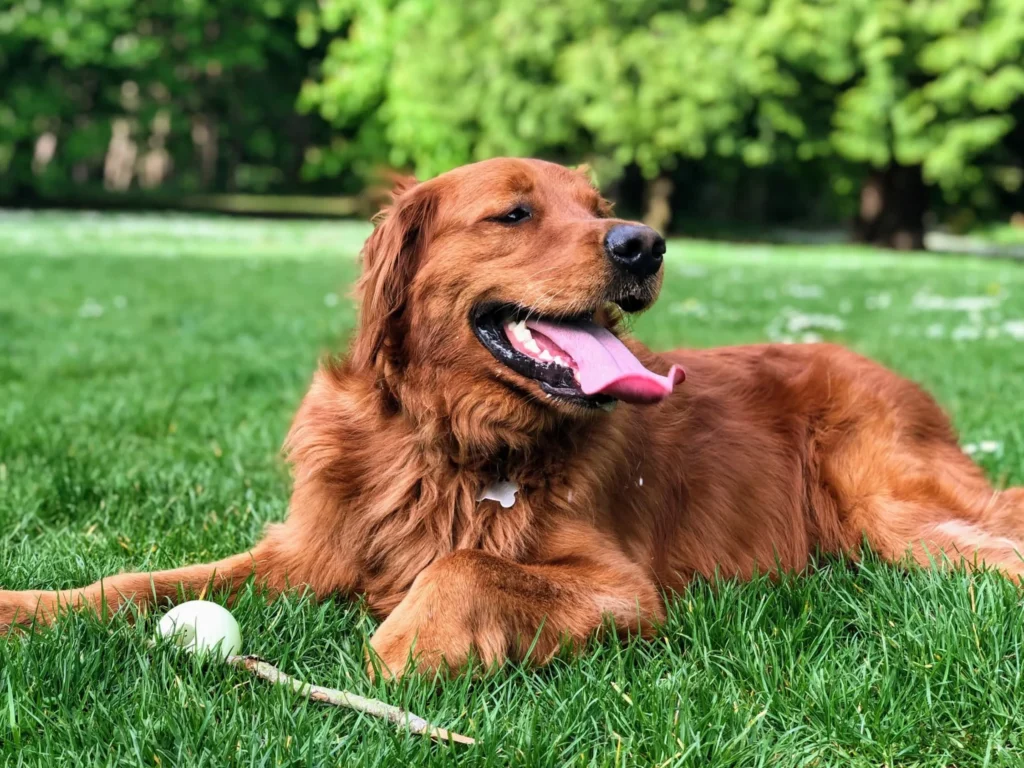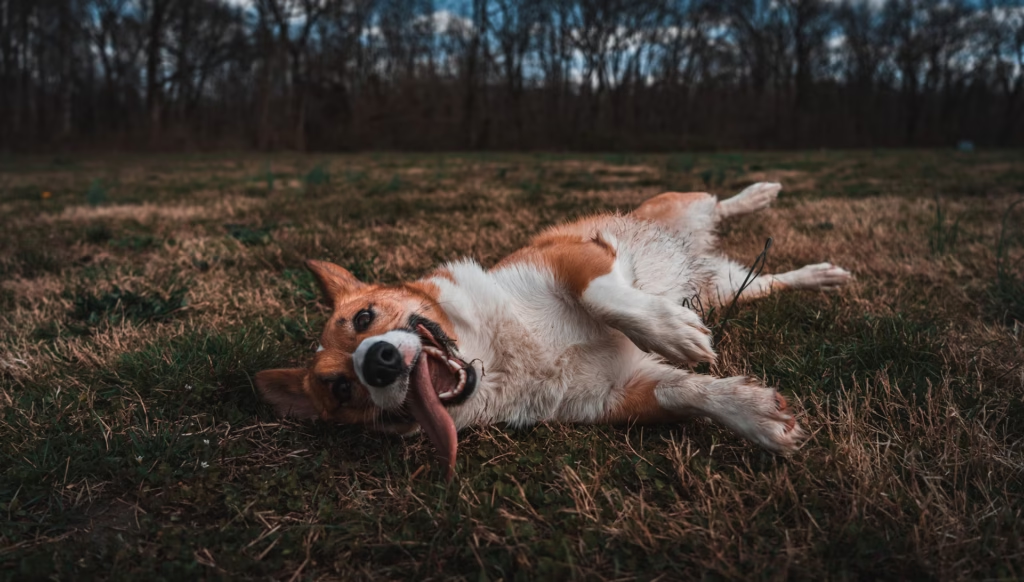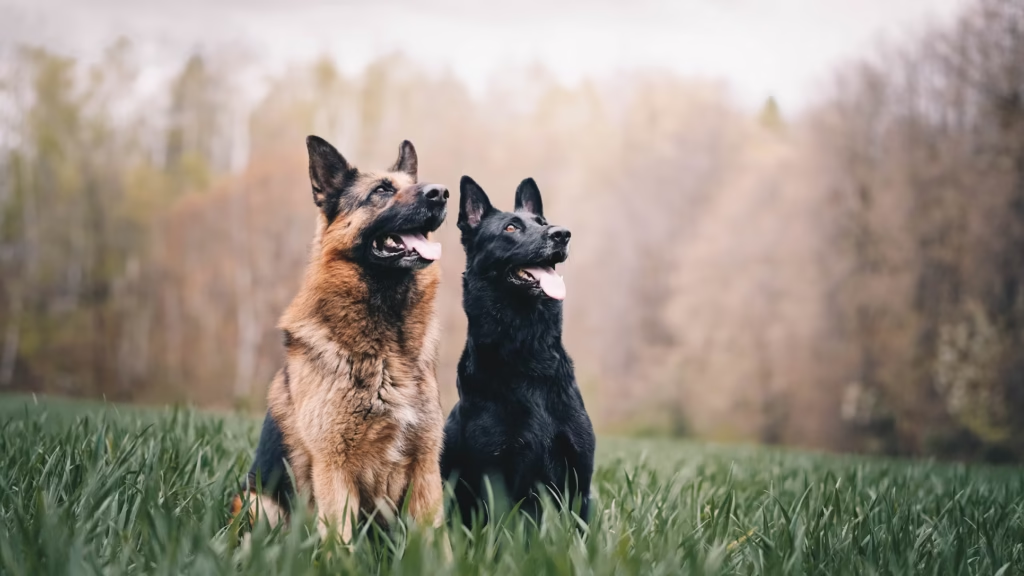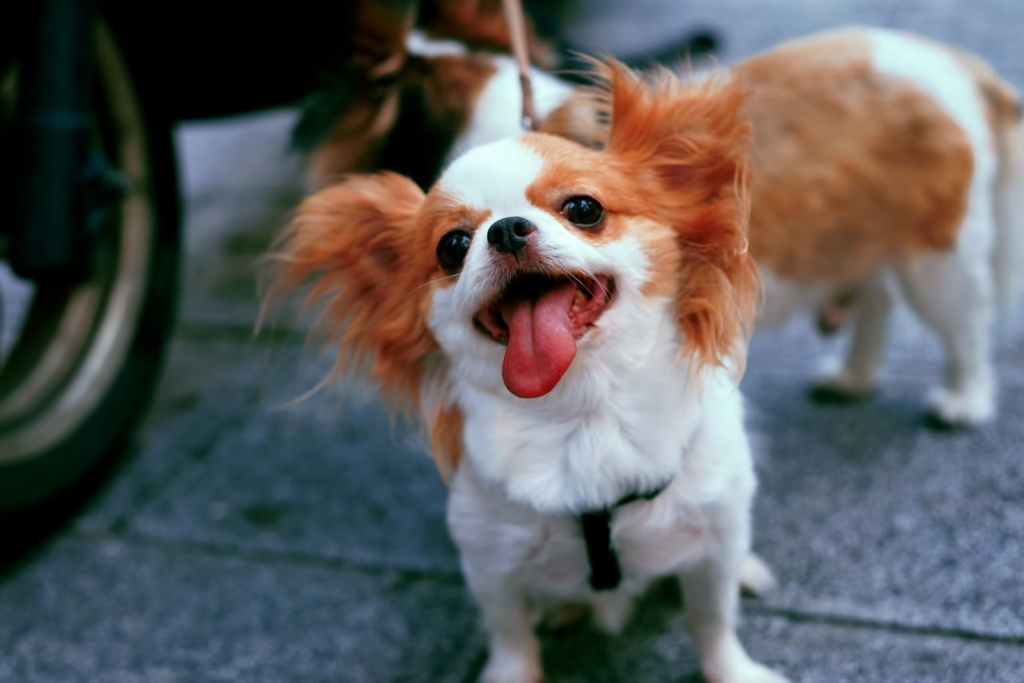Why Do Dogs Pant? 🐶 The Truth Behind the Heavy Breathing (And When You Should Worry)

Ever watched your dog pant like they just ran a marathon—even though they’ve only been lying on the couch all day? 😅 It’s one of those things dog owners often notice, sometimes with a shrug, sometimes with a bit of panic. So really, why do dogs pant?
Panting is a totally normal part of being a dog. But let’s be real—when your pup starts panting like a steam engine in the middle of the night or starts shaking and panting in the car, it’s hard not to worry. Is it just the heat? Excitement? Or is something more serious going on?
Let’s unpack everything you need to know about this very doggy behavior, straight from the mouths of vets and pros. 🩺 Whether you’re asking why do dogs pant at night, why is my dog shaking and panting, or simply curious about why dogs pant so much, this guide has your back—and your pup’s.
Table of Contents
🧠 First Things First: Why Do Dogs Pant, Anyway?
Dogs don’t sweat like we do. Weird, right? While humans have sweat glands all over, dogs can only really sweat through their paws. So, when they get hot, anxious, or excited, they resort to their built-in cooling system: panting.
When your dog pants, they’re rapidly inhaling and exhaling air, which helps evaporate moisture from their tongue, mouth, and upper respiratory tract. That process dissipates body heat—like a personal air conditioner, but furrier.
So yes, panting is normal… most of the time. But when it becomes excessive, erratic, or is paired with other symptoms, it could be a warning sign.
Let’s break it down.
1. They’re Hot! The Most Common Reason Why Dogs Pant 🌡️
The Classic “Cool Down” Mechanism

On a hot day or after an energetic play session, your dog will pant to cool themselves. It’s their go-to method of thermoregulation—especially for double-coated breeds like Huskies or Golden Retrievers.
But it’s not just about the weather. Why do dogs pant in the car? Well, cars heat up quickly—even with the windows cracked. Combine that with excitement or nerves, and you’ve got one panty pup.
And yes, why do dogs pant at night might have a similar explanation. If their sleeping area is too warm or poorly ventilated, they’ll try to cool themselves by panting.
🩺 Vet Tip: Dr. Sarah Wooten, DVM
“Panting after exercise or in warm temperatures is completely normal. But make sure your dog has access to shade, fresh water, and never, ever leave them in a hot car.”
⚠️ When to Worry:
- Your dog is panting heavily in cool environments.
- They haven’t been active but are panting excessively.
- They’re drooling or have red, pale, or blue gums.
🚨 Immediate action: If panting persists for more than 10 minutes in a cool setting or is paired with strange behavior (like staggering), call your vet ASAP.
😰2. Emotional Overload: Anxiety, Stress, or Excitement
Dogs feel things deeply—sometimes too deeply. Emotional arousal can trigger panting in ways that seem confusing.
Why Do Dogs Pant When They’re Not Hot?
- Excitement: Your dog sees their leash and knows it’s walk time. Cue the panting.
- Stress or anxiety: Thunderstorms, fireworks, vet visits—these can all send your dog into a panting spiral.
- Fear: New environments or people can stress your dog out, leading to panting and even trembling.
This brings us to the question so many pet parents Google in the middle of the night: why is my dog shaking and panting?
It could be pure fear, yes. But also…
- Pain (more on that soon)
- Nausea
- Neurological conditions
- Overstimulation
🐾 Real-Life Example
Picture this: You’re taking your dog on a road trip. They hop in the back seat and immediately start panting and shaking. Why? The car ride could trigger travel anxiety, especially if they associate it with vet visits or long journeys.
🐕🦺 Trainer Tip: Emily Carter, Certified Dog Behaviorist
“Start by taking your dog on short, happy trips—like to the park or their favorite café. Pair the ride with treats or toys. The goal is to create positive associations.”
⚠️ When to Worry:
- Panting and shaking occur often with no clear trigger.
- Your dog shows signs of avoidance, hiding, whining, or pacing.
- There’s a loss of appetite or increased aggression.
Vet tip: Chronic anxiety or panic attacks can be treated with behavior modification or anxiety medications.
3. Ouch—Pain or Physical Discomfort
Sometimes, the answer to why do dogs pant so much lies in something less obvious: pain.
Unlike us, dogs won’t always whimper or yelp when they’re in discomfort. Panting is a subtle cue that something’s wrong—especially if it happens at rest or at night.
Common Causes of Pain-Induced Panting:
- Arthritis or joint pain (especially in older dogs)
- Injuries like cuts, sprains, or bruises
- Dental problems (a cracked tooth or infected gums)
- Internal pain, like bloating or pancreatitis
Remember, dogs are stoic creatures. That constant panting might be their way of telling you, “Hey, something hurts.”
🩺 Vet Insight: Dr. John Smith, DVM
“Always check for limping, stiffness, or reluctance to move. In older dogs, arthritis is often the silent culprit.”
⚠️ When to Worry:
- Your dog pants and also avoids stairs or jumping.
- You notice whining when touched in certain areas.
- There’s restlessness at night—aka why do dogs pant at night without heat as a factor.
Important: Pain that disrupts sleep or causes shaking should be evaluated quickly.
4. Underlying Health Conditions (AKA The Scary Stuff)

Not to scare you—but sometimes panting is more than just a reaction. It can be a symptom of illness.
Here’s where you want to pay close attention.
Common Medical Conditions That Cause Excessive Panting:
- Heart disease: Less oxygen, more panting.
- Cushing’s disease: Hormonal imbalance that makes dogs pant more—especially at night.
- Respiratory illness: Pneumonia, infections, or lung tumors.
- Anemia: Reduced red blood cells = less oxygen flow.
Why Do Dogs Pant at Night?
Nighttime panting often occurs when the body is at rest, making underlying issues more apparent. Conditions like heart failure or Cushing’s become more noticeable after dark.
🩺 Behaviorist Tip: Dr. Lisa Radosta
“Track when and how your dog pants. Patterns can be diagnostic gold. Nighttime panting should never be brushed off as ‘just a quirk’—it could indicate disease.”
⚠️ When to Worry:
- Your dog pants constantly and coughs.
- They have pale, blue, or sticky gums.
- There’s sudden weight gain or bloating.
Emergency vet visit required if panting is paired with:
- Fainting
- Shallow breathing
- Inability to settle or lie down
5. Breed & Body Type: Some Dogs Just Pant More!
Let’s not forget—breed matters. If you have a flat-faced pup like a Pug, French Bulldog, or Shih Tzu, you already know: these cuties breathe a bit… differently.
Why Do Brachycephalic Dogs Pant More?
- Short airways = more effort to breathe = more panting
- Prone to overheating due to inefficient cooling systems
- Easily stressed in warm, confined spaces (like cars)
Why Do Dogs Pant in the Car? Depends on Their Face 😅
Flat-faced breeds often pant harder in the car due to restricted airflow. Combine that with anxiety or temperature, and you get a drooly, huffy pupper.
Overweight dogs and those with thick fur (like Chows or Bernese Mountain Dogs) are also more likely to pant—even with minimal exertion.
🩺 Vet Reminder: Dr. Megan Carter
“Monitor your brachycephalic dogs closely. Don’t exercise them in the heat. Cooling gear and regular weight checks can prevent major issues.”
⚠️ When to Worry:
Even if your dog is part of a pant-prone breed, you should still take excessive panting seriously—especially if:
- It becomes noisy, wheezy, or labored
- They suddenly collapse or appear weak
- Their tongue or gums change color
When Panting Becomes a Red Flag

Let’s recap the major danger signs when panting moves from “cute” to “concerning”:
🚨 Emergency Symptoms:
- Panting with blue or pale gums
- Panting that lasts more than 30 minutes post-exercise
- Shaking + panting without reason
- Collapse, confusion, or weak pulse
If in doubt, always call your vet. You know your dog best, and your instincts matter.
🐾 How to Help Your Panting Dog (Vet-Approved Tips)
No matter the cause, here are ways to help your dog feel better:
Keep Them Cool
- Offer fresh water at all times.
- Avoid peak heat hours (10 a.m.–4 p.m.).
- Use fans, cooling mats, or air conditioning.
Calm the Stress
- Create a chill corner with low noise and soft bedding.
- Try calming chews, music, or pheromone diffusers.
- Desensitize triggers like car rides with short, treat-filled sessions.
Monitor Their Health
- Schedule yearly checkups (twice a year for seniors).
- Log any new or frequent panting spells.
- Keep your dog at a healthy weight!
FAQ❓
Why do dogs pant in the car?
Heat, motion sickness, or anxiety. Ventilate the space, make the ride positive, and consult your vet if it’s persistent.
Why do dogs pant at night?
Pain, heat, medical issues, or stress. A vet check can rule out serious conditions.
Why is my dog shaking and panting?
This combo can signal anything from fear to poisoning. Don’t wait—consult a vet immediately.
Why do dogs pant so much even when they’re resting?
Could be heat, but also heart disease, pain, or Cushing’s. Always get it checked.
❤️ Final Thoughts: Don’t Ignore the Pant
Panting is one of the most visible clues to how your dog is feeling. It can mean “I’m hot,” “I’m scared,” or “I need help.” Whether you’re puzzled by why your dog pants at night, in the car, or while shaking, know this:
You’re not overreacting by paying attention.
Being proactive—and a little nosey about your dog’s breathing habits—could save their life. When in doubt, reach out to your vet.
Your pup depends on you to interpret their woofs, wiggles, and yes, even their pants. 🐶💕
Disclaimer: This article is for informational purposes only and does not replace professional veterinary advice. If you’re concerned about your dog’s panting, consult a licensed veterinarian.
